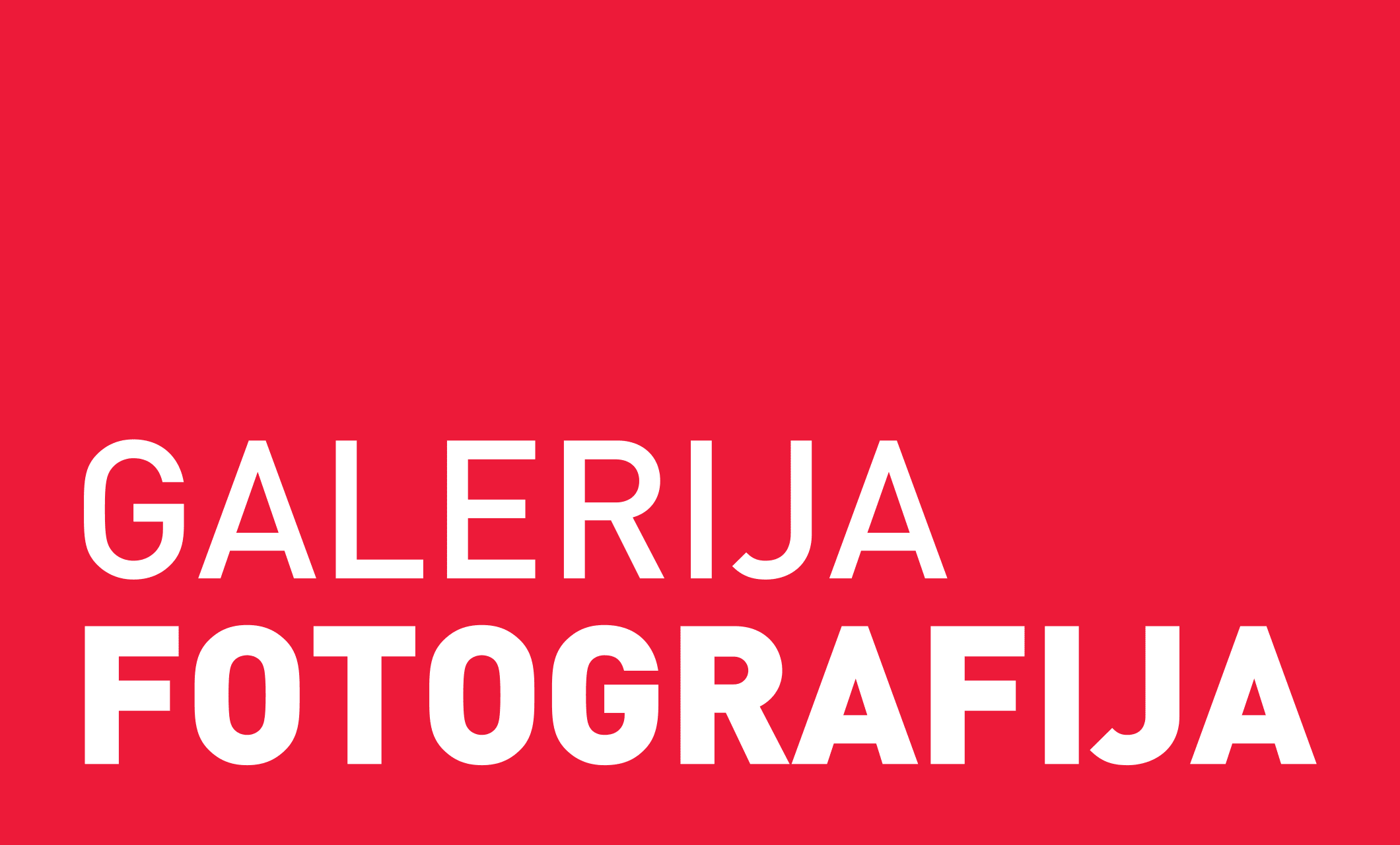DK: Remnants
Past exhibition
Works
Overview
DK most often seeks meaning in the marginal and the overlooked rather than in a veristic representation of the visible and concrete.
When in 1921, after experimenting with a children’s game, Swiss psychiatrist Hermann Rorschach published a study into his famous psychological test, he lastingly impacted our understanding of seeing and perceiving images. The test was developed with the purpose of establishing a psychodiagnosis based on a subject’s perceptions of ten inkblot images. By looking at the images, a patient supposedly projects their secret desires, complexes and conflicts into the visual stimuli generated by the inkblots while partly revealing their personality through their perceptions. This is due to the test having no “correct” and “wrong” answers – it was created to reveal our subconscious mind behind a barricade of conscious responses.
Rorschach’s method definitively confirmed that different people perceive the same images differently – reality as an objective fact does not exist but varies from person to person. How we perceive and understand images depends on our way of thinking; the viewer interprets meaning through their language codes and levels of understanding, education, cultural and historical determinism, and many other factors. The test draws attention to a fact as relevant in art as in psychoanalysis – that reality and its interpretation are not stable, invariable constants.
DK is an artist who, in his long photographic career, has devoted many of his works to the concept of the gaze in photography; Most recently, he has explored this motif in Scotoma, a series presented at the Jakopič Gallery after years in the making. The works in this series focus on the premise that viewers help shape reality with their perception of it. He shot dreamscapes in the immediate vicinity of his Ljubljana studio but named them after distant places by means of visual associations. This inevitably raised the question of whether the background to a photograph’s conception actually matters if a viewer sees something completely different in it. The experience of years-long experimentation with the concept of looking led to the extrapolation of the theme into a new photographic direction, presented in Cankarjev dom’s Small Gallery for the first time.
In a series of works titled Remnants, works that according to the artist constitute only an introduction to the process, DK investigates, in an almost psychoanalytic way, what gives the image value and how viewers engage with visual imagery. In DK’s words: “In Remnants, I’m examining what qualifies as an image. Can some meaning-carrying image, perhaps even meaning, be found in the discarded remnants of something that was once intended as an image carrier? Consequently, I am re-examining whether it is possible to find the meaning of life in our contemporary moment, marked by disintegration of values, a collapse of systems and subsystems, i.e., the bearers of what we used to call humanity, human society.”
DK most often seeks meaning in the marginal and the overlooked rather than in a veristic representation of the visible and concrete. In his latest project, he reused remnants of old photographic films, with which the artist re-evaluated his body of work created in the 1980s, at the very beginning of his photographic career.
In a multitude of old pictures, some of them discarded, damaged or poorly preserved, he began to notice a series of fascinating “flaws” – photochemical damage, notches, scratches, unusual cutouts and more. But it was precisely these discards that became the carriers of meaning – because they were still images of something even if created only as a by-product of what was originally in the foreground. When the artist places the representational focus on the “flaws”, they start to unfold before us in a multitude of possible interpretations, from animal contours, anthropomorphic figures, ghosts and monsters to the mysterious vastness of the universe. The artist systematically recreated such motifs in his studio with the intention of exploring the concepts of the erroneous and random in the creative process. In the series, DK is once again experimenting with the concepts of fiction and creation of meaning, while challenging the viewers to find their own truth in each image.
Of all the artistic means of expression, photography is considered to be the medium that records reality most objectively or is even inherently truthful. But for DK, photography has never equalled a representation of reality. He is interested in the communication between the image and the viewer, and the semantic field established in the viewing process. The question for the artist is not what a photograph says about reality, but what it says about its author, or, better yet, what it says about us. His photographic images function as a sort of Rorschach test – their fluid forms hovering between abstraction and concreteness, offering endless ways of understanding, and inviting the viewer to try and decipher them. DK re-emphasizes the fact that art is more than simply a representation of images, but an opportunity to contemplate and understand oneself, to undertake a journey toward the inner self and confront imagery that art can conjure up deep from the subconscious.
Hana Čeferin
This text was originally published under the title Tell Me What You See, And I’ll Tell You Who You Are as the accompanying text to the exhibition Remnants at Cankarjev dom's Mala Galerija in 2021.




